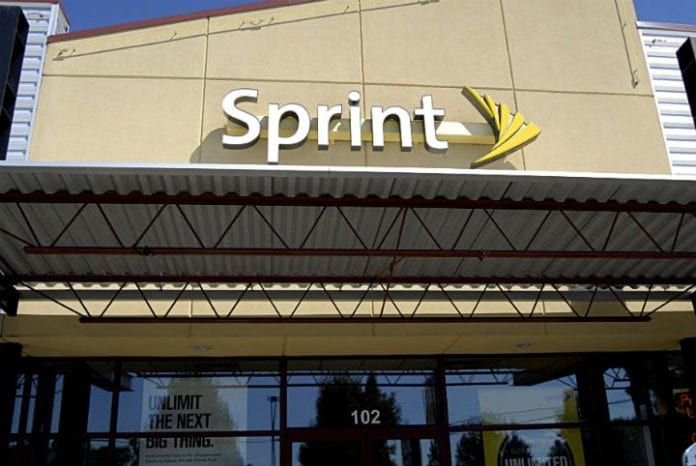Sprint CEO Michel Combes calls it a “major milestone”
This week Sprint reported its Q2 2018 financials. Highlights include year-over-year growth in wireless service revenue for the first time in about five years with net income of $196 million and operating income of $778 million. CEO Michel Combes, in a call with investors, analysts and the media, said the carrier realized growth in the key segment earlier than the goal of the end of the fiscal year.
Sprint reported net additions in postpaid and prepaid customers, but did see a minor uptick in churn as, which Combes chalked up to “poor network perception” and promotional activity.
He said the network perception issue and “complete rebuild of the network…is compounded by the fact we cannot afford to spend big dollars on advertising like the other big carriers in the industry. As a result, we have utilized several promotions to encourage customers to give the new network a try. These promotions were structured to have a lower introductory rate that would then step up at a later date, very similar to what you see in the cable industry. We knew going in that this approach would put some incremental churn pressure on future periods as not all customers would stay upon the expiration of their promotional period, and this has been the primary driver of the year-over-year increase in churn.”
On its capital expense, Sprint expects to end the fiscal year having spent between $5 billion and $5.5 billion as compared to earlier guidance projecting capex at between $5 billion and $6 billion.
Sprint Chief Technology Officer John Saw discussed how the company plans to roll out 5G in several markets in the first half of 2019.
“We have already started building our Massive MIMO sites. We are very encouraged with the results we have seen so far. And we’re seeing about seven times improvement in capacity, at least four times improvement in speeds, that bodes well – that bodes well for when we add 5G. So, 5G for us, once we have this Massive MIMO sites built, will be a software and line card upgrade only, so no tower climbs needed…Results from Massive MIMO trends looks very encouraging. In a couple of months, we will add the 5G software, we will be able to enable both LTE and 5G simultaneously on the same sites.”

